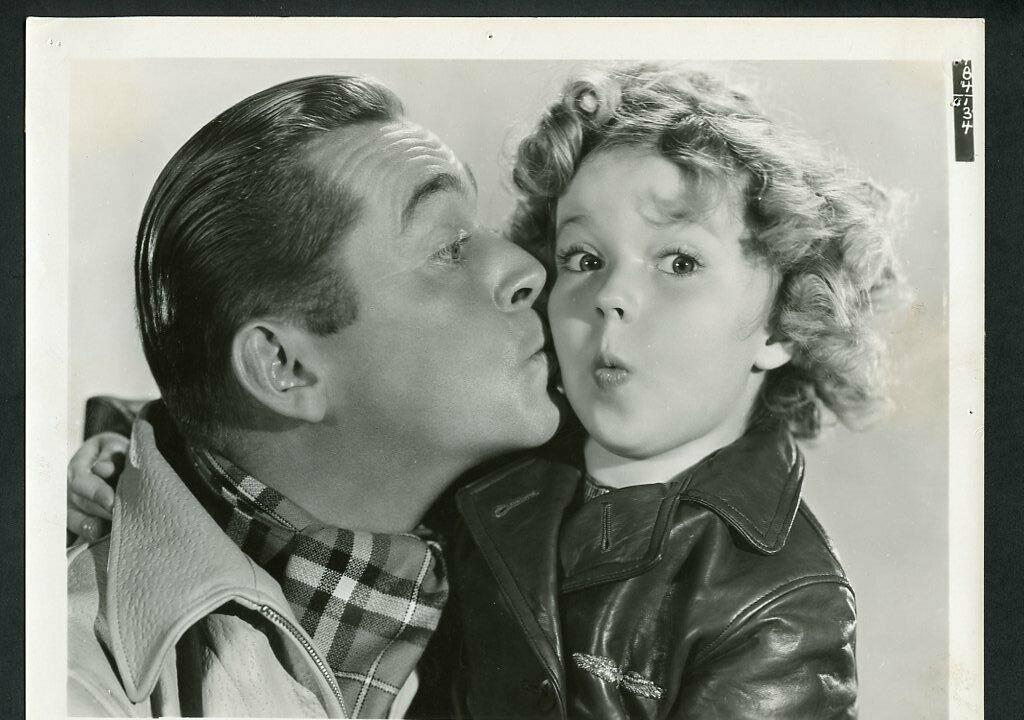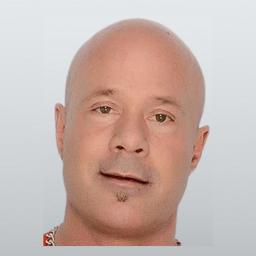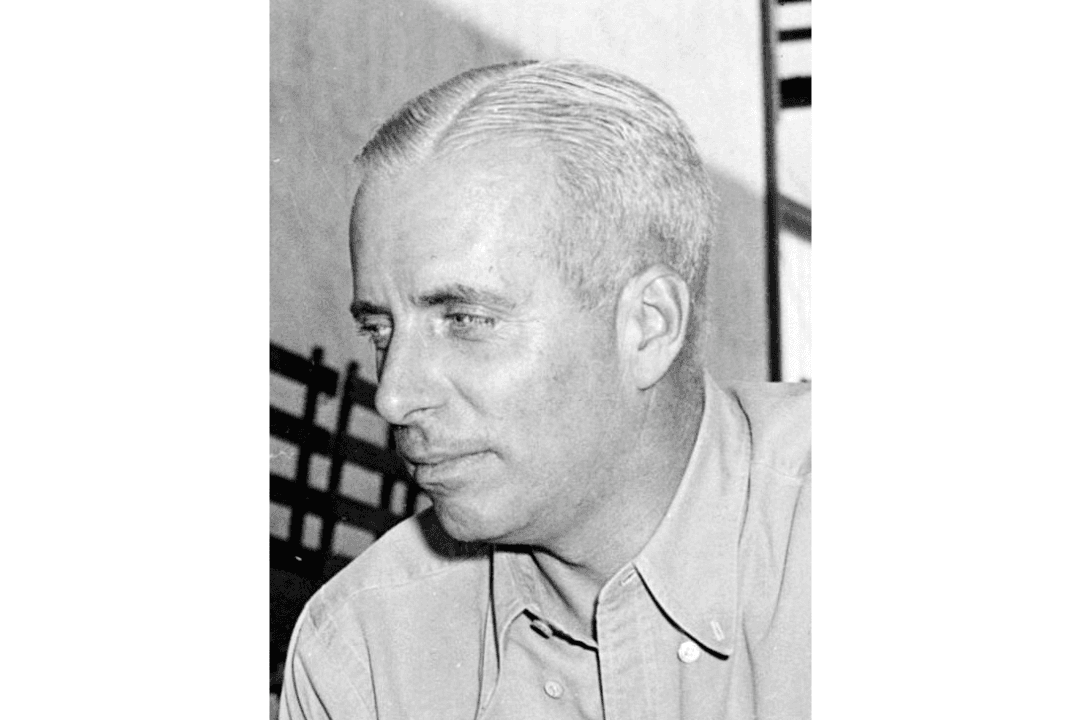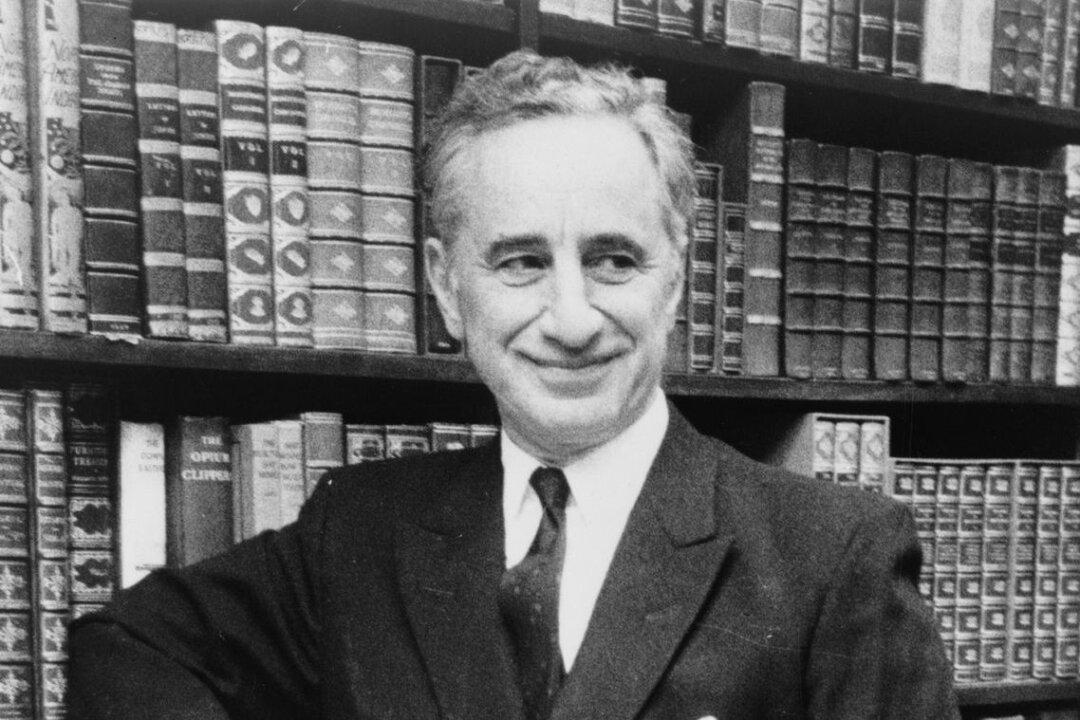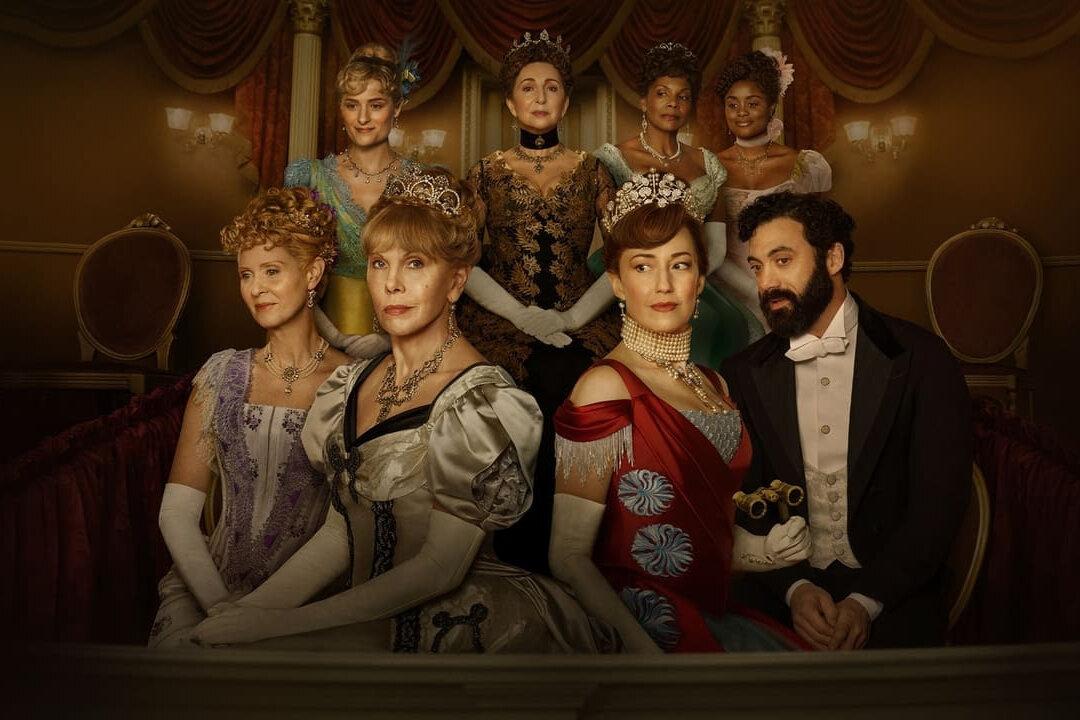She was the adorable little girl whose movies brought Americans much-needed joy and hope during the Great Depression. She was Hollywood’s top box office star four years in a row, a record unequaled before or since. By 1935, Shirley was the second most popular girl’s name in the country, and dolls bearing her likeness outsold all others.
Even the president was a fan. “As long as our country has Shirley Temple,” Franklin Delano Roosevelt stated, “we will be all right.” But Shirley’s acting career was just the beginning of her trailblazing, patriotic accomplishments.
So many juvenile movie careers have ended tragically. Wanting to act grown-up like the adults they work with, child actors fall prey to bad influences. When youthful cuteness fades and roles dry up, too many hit the skids: alcohol, drugs, arrests, bankruptcy. Shirley Temple was a happy exception.

The Most Famous Child in the World
She was born in Santa Monica, California, in 1928. Her father worked at a bank. Her movie-loving mother, Gertrude, enrolled her in dancing school at age 2. That’s where she was spotted by scouts for a low-budget studio that made short films with toddlers dressed up like adults. The movies were cheesy, but Shirley’s bright personality and precocious song-and-dance skills won her a small part in a mainstream, Fox Film musical.In the early 1930s, a growing public outcry over immorality in the movies led to the imposition of the Motion Picture Production Code in 1934. The new rules sent Hollywood scrambling to find wholesome stories and stars. Five-year-old Shirley fit the bill. Twentieth Century-Fox immediately signed the tyke. Unsure what to do with her, they lent her out to Paramount. She was such a sensation in her two films there, Fox grabbed the kid back and crafted a series of enormously successful, family-friendly vehicles for her, beginning with “Bright Eyes.” Almost overnight, she became the most famous child in the country, and then in the world.
Decades later, Shirley said that from age 3, “I worked for the rest of my childhood. … I thought every child worked.” Gertrude responded to the charge that Fox was exploiting her daughter by telling Time Magazine: “Her work entails no effort. She plays at acting as other small girls play with dolls.” That quote may remind us why stage mothers have a bad reputation, but Gertrude was actually one of the good ones. Every night, she set the girl’s blond hair in exactly 56 sausage curls. She tirelessly protected Shirley from the pitfalls of show business and tried, with limited success, to keep her from knowing how famous she was. “I stopped believing in Santa Claus when I was 6,” Shirley would remember. “Mother took me to see him in a department store and he asked for my autograph.”

Less amusing was 12-year-old Shirley’s encounter with Arthur Freed, the producer of great musicals like “Singin’ in the Rain.” As she related to Larry King in a 1988 interview, Freed exposed himself. “I had never seen anyone naked before,” Shirley recalled. “It struck me so funny, I laughed at him.” Freed threw her out of his office. When she told her mother, Gertrude said Louis B. Mayer, the head of the studio, had made a play for her in his office! They left MGM and never went back.
In most of her films Shirley plays the same basic character. Like Dorothy in L. Frank Baum’s “Oz” books, she embodies the classic American virtues of optimism, courage, fair-mindedness, and self-reliance. Her cheerful songs and antics melt the hardest hearts, comfort the downtrodden, and bring people together until she caps the happy ending with her signature phrase: “Oh my goodness!” In her movies, although Shirley gives proper respect to worthy adults, she sees right through hypocrisy and meanness. Unimpressed by pretensions and prestige, she stands up for what’s right and for herself.
Shirley’s co-stars included Cesar Romero, Gary Cooper, and Ronald Reagan, but her favorite was Bill “Bojangles” Robinson. Their tap dances together are iconic. She told Larry King, “We were the first interracial dancing couple ever.” She later said, “Bill Robinson treated me as an equal. … He didn’t talk down to me. [He] was the best of all.” His family and hers would remain close, lifelong friends.
Darryl Zanuck, head of production at Fox, met the demand for Temple movies by mass-producing them. She appeared in 12 films in 1934 alone. By the age of 10, she had starred in 14 more, but by the end of the decade moviegoers began to tire of seeing the same cute Shirley in the same predictable stories. A theater owner in Texas complained: “Business falling off with every Temple picture. Fox better give Shirley something different or she will be a has-been within a year.”
Gertrude agreed. She begged Zanuck to give her daughter more varied roles in more realistic stories, to help her grow as an actress. He replied, “The less she changes, the longer she lasts.” But even Zanuck couldn’t stop the girl from growing up. When MGM asked to borrow Shirley for the studio’s new “Wizard of Oz” musical, Zanuck refused. The role went instead to a contract player named Judy Garland. When “Oz” and Garland were a hit, Zanuck decided to release his own Technicolor epic with Temple.
“The Blue Bird” (1940) was an elaborate, very expensive fantasy. Gertrude lobbied Zanuck to make her daughter’s character “more spoiled and naughty.” The gambit failed. The reviews were bad, fans disliked the new imperfect Shirley, and the film was a flop. Teenage Shirley appeared in a few more films, but the public lost interest and Fox dropped her contract.

Her Second Act
F. Scott Fitzgerald once wrote that American lives have no second acts. Shirley Temple proved him wrong. In 1950, she met businessman Charles Black, who’d never seen her movies and didn’t know who she was. It was love at first sight. Their happy marriage lasted 55 years until Black’s death in 2005. Shirley had dabbled in politics as a Republican fundraiser. In 1967, with her husband’s enthusiastic support, she ran to become California’s first congresswoman. “It wouldn’t hurt,” she told the press, “to have a woman’s viewpoint expressed in that delegation of 38 men.”She lost that election, but Shirley Temple Black’s career in public service was just beginning. In 1969, President Nixon appointed her to the United States delegation at the United Nations. Her advocacy there for humanitarian causes so impressed President Ford that he made her our ambassador to Ghana. In 1976, she became the White House’s first female Chief of Protocol, and in 1989, President George H.W. Bush chose her for the prestigious position of ambassador to Czechoslovakia. Some felt that a movie star had no business in foreign affairs, but how many diplomats begin their careers already known and loved all over the world? One skeptic was Henry Kissinger, but he later praised her as “very intelligent, very tough-minded, very disciplined.”

What may be most remarkable about Shirley isn’t her success on the screen or in politics. It’s how closely the adult resembled the characters she played as a child. Never bitter or resentful, she had nothing but love and gratitude for her parents and the movie career that gave her the name and the ability to help others. In 1972, she went public with her breast cancer diagnosis—the first celebrity to do so—and encouraged women to self-examine and see their doctors regularly.
Before she passed away in 2014, Shirley reflected: “I’ve led three lives: the acting part, wife and mother—which is a career—and international relations. I’m proud of my career, the first one, and I’m proud of the other two, too.”
From Hollywood to Ghana to the White House, Shirley Temple broke the mold of the doomed ex-child star. Hers was truly a life well lived.

